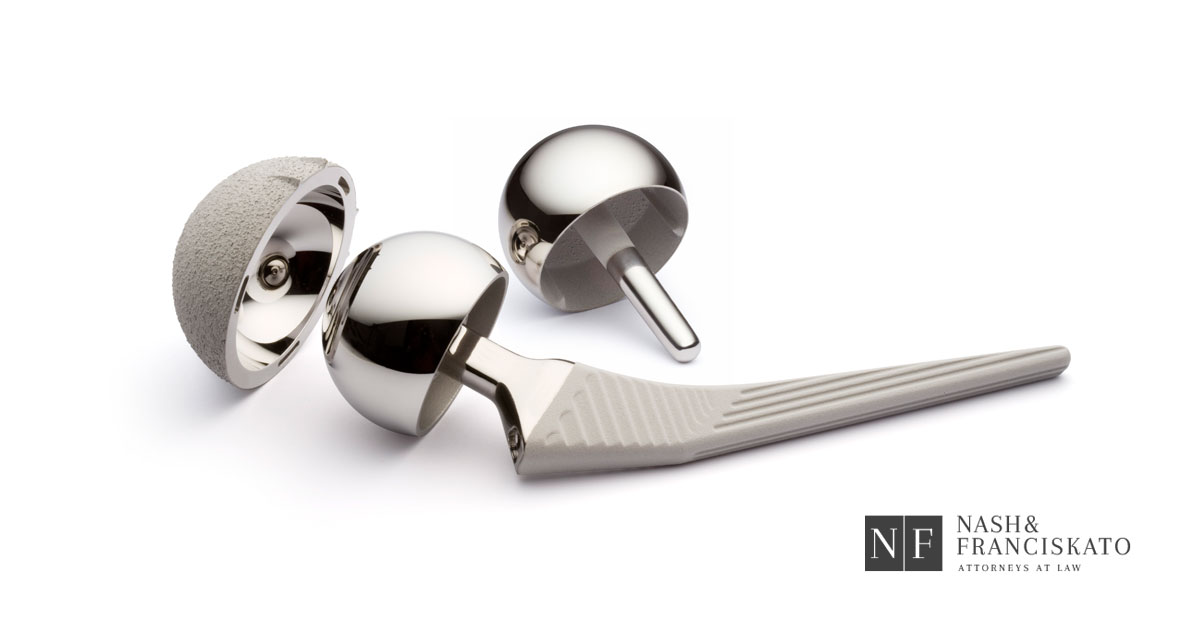
Earlier this month, we updated you on a Hazard Alert regarding a taper lock failure for a specific range of LFIT-V40 Metal Heads.
Other serious problems have been reported related to the LFIT-V40 chrome/cobalt heads, which include:
Our knowledgeable staff is available at (877) 284-6600.
A metal-on-metal (MoM) hip implant includes a “ball and socket” device. Both the ball (i.e., the “head”) and the socket (i.e., acetabular shell) are made from a blend of metals, including chromium, cobalt, nickel, titanium and molybdenum.
Metal particles and shavings can be a problem for MoM hip implant patients because the ball and socket rub together when the patient moves. When this rubbing occurs, it creates metal dust or particles. These tiny metal pieces can cause tissue death around the hip muscles and bones. However, more concerning is the possibility of metal poisoning throughout the body and bloodstream.
Metallosis, a type of metal poisoning that can occur as a side effect from a hip implant device, occurs when toxic levels of metal build up in the body. Metallosis can cause damage to tissue, bone and the nervous system.
Symptoms of Metallosis include:
The LFIT-V40 chrome/cobalt heads have been reported to potentially cause catastrophic dissociation requiring revision surgery.
This is a condition where problems stem from potential corrosion at the head-neck juncture of the device. (The neck of the stem connects the head, the metal ball which fits within the acetabular shell, to the hip implant device.) This corrosion can weaken the neck of the stem to the point of breaking.
When the connection between these two pieces becomes corroded, the potential for a catastrophic dissociation increases significantly. The effects of this can be much more severe than a typical metal case.
If corrosion has caused this break at the head-neck juncture, a much more invasive revision surgery is required with complete removal of a well in-grown stem.
The attorneys at Nash & Franciskato have extensive experience handling hip replacement litigation and are very familiar with Stryker and their products. If you have questions about your hip implant, contact us for a free, no-obligation review of your case.
Our knowledgeable staff is available at (877) 284-6600.
Past results afford no guarantee of future results and each case is different and is judged on its own merits. The choice of a lawyer is an important decision and should not be based solely upon advertisements.